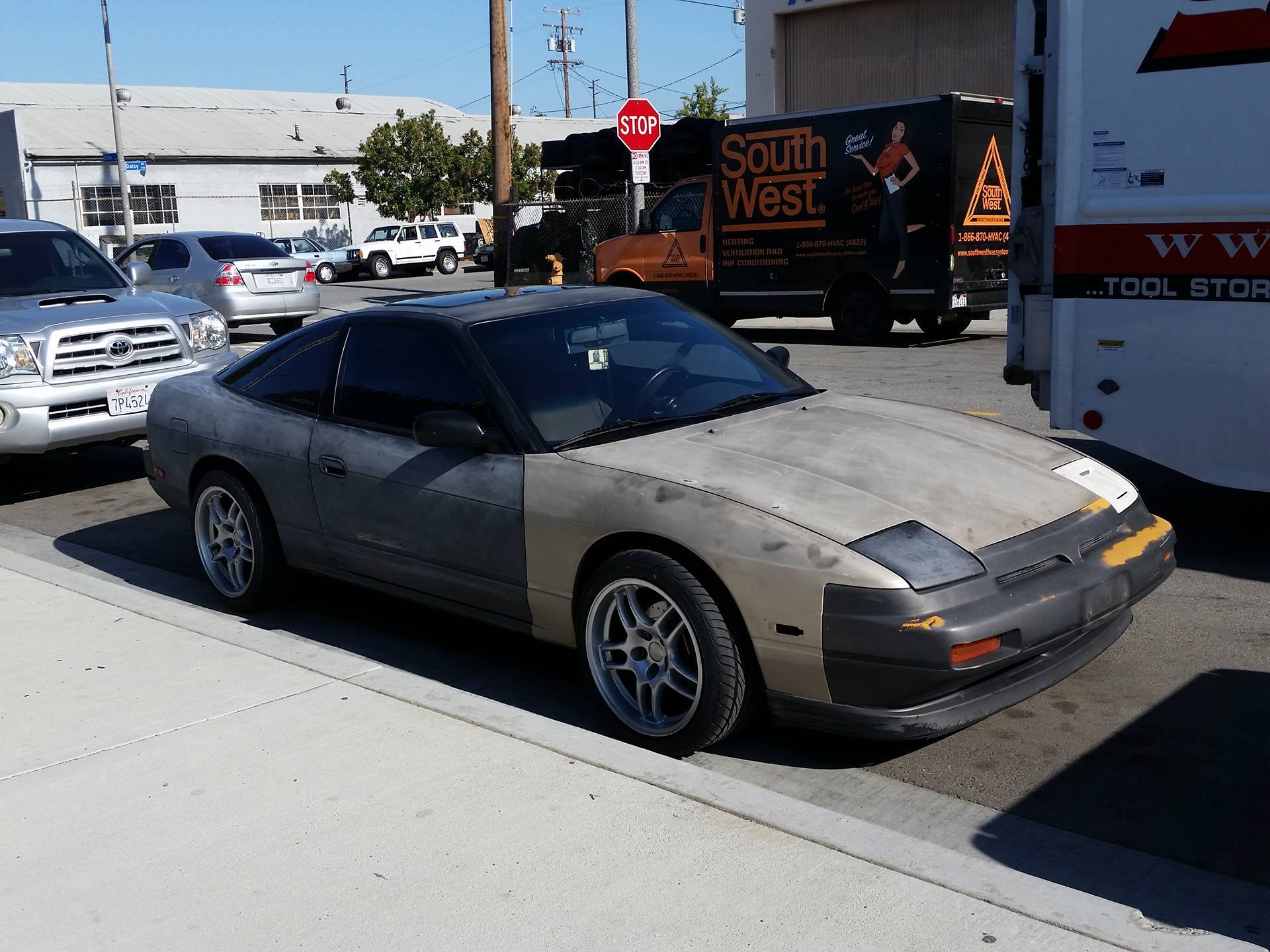Are you tired of seeing scratches and chips on your car’s paint job? Whether it’s from debris on the road or careless parking lot neighbors, maintaining a flawless finish can feel like an impossible task. Fortunately, there are several options for paint protection that go beyond simple waxing.
Using a paint protection film
Using a paint protection film is an effective way to safeguard your car’s exterior against scratches, chips, and other types of wear and tear. This protective layer is made from a clear thermoplastic urethane material that adheres to the surface of your vehicle. One advantage of using a paint protection film is that it can be customized according to the make and model of your car. This means you can choose the specific areas you want to protect such as the front bumper or hood. The application process involves careful cleaning of the area before installation so that no dirt or debris gets trapped between the film and your car’s paintwork. It’s important to use high-quality films for maximum durability.
The different types of paint protection
When it comes to protecting your car’s paint, there are a few different options available. The most common types of paint protection include waxing, sealants, and ceramic coatings. Wax is the traditional method of protecting car paint. It creates a protective layer that repels water and contaminants.
However, it requires frequent reapplication and does not have as long-lasting protection as other methods. Sealants are synthetic polymers that bond to the painted surface creating a barrier against UV rays, dirt, and debris.
They last longer than wax but still require reapplication every few months. Ceramic coatings provide the longest-lasting protection for your vehicle’s paint job. They create an ultra-hard shell that can resist scratches and chemical damage for up to 5 years with proper care.
How to apply paint protection
Applying paint protection to your car can be a great investment in keeping it looking new for years to come. While some people may opt to have a professional apply the protection, others prefer to do it themselves.
Firstly, before applying any type of paint protection, make sure your car is clean and free of debris. This will ensure that the protective film adheres properly and doesn’t trap any dirt or dust underneath.
Next, carefully measure and cut the protective film to fit each section of your car. It’s important to take your time during this step as precision is key for a seamless finish.
Once you’ve got all pieces cut out correctly, start with one section at a time and begin applying the film from top to bottom using a squeegee or similar tool. Make sure there are no air bubbles trapped underneath and adjust accordingly if necessary.
Once all sections have been covered with the protective film, use a heat gun or hairdryer on low heat settings around edges and corners for extra adhesion.

In this ultimate guide, we have covered everything you need to know about car paint protection – from the different types of paint protection options available in the market, how to apply it correctly, and even DIY kits that can save you some money. You may decide on getting professional help, and if that is something you think will help you, then be sure to check out Dallas XPEL Paint Protection FAQs beforehand so you read reviews, and know you are getting the very best quality. If you are confident you will be ok doing it yourself with a kit, remember that keeping your car’s exterior looking great doesn’t stop at applying protection. So go ahead and start taking care of your ride today!


